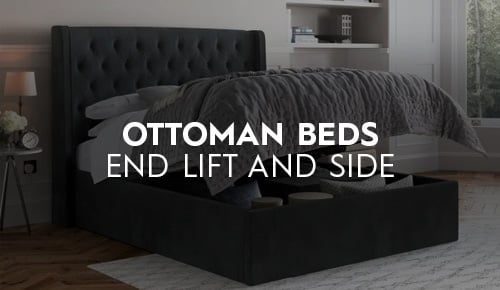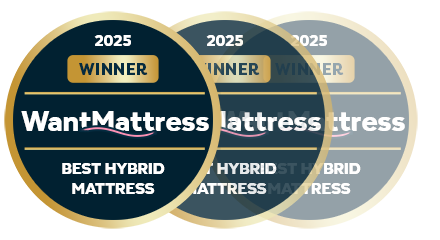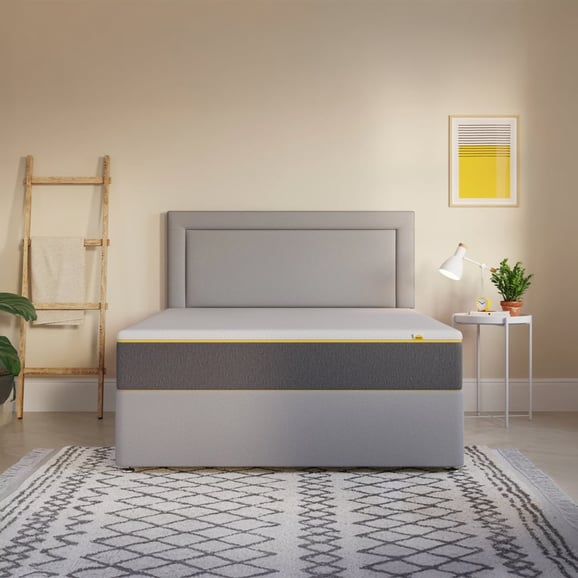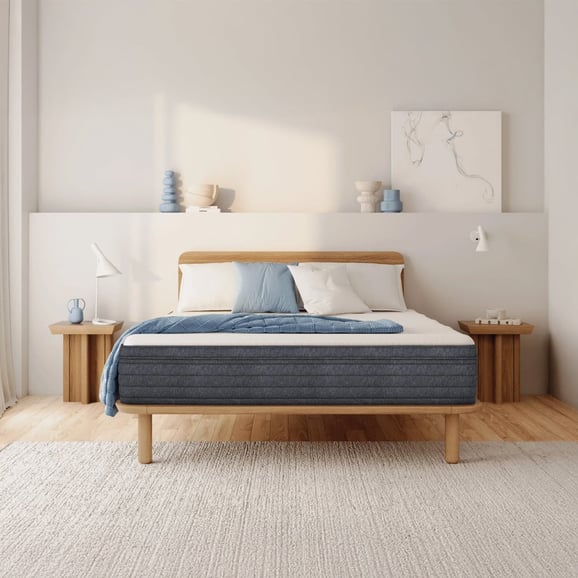Choosing the right mattress for a bunk bed can be a bit more troublesome than when shopping for mattresses for normal beds due to certain safety constraints that need to be adhered to. The mattresses for bunk beds need to meet certain size, weight and thickness requirements relative to the bunk bed, particularly for the top bunk (the bottom can be treated the same as a normal bed, we’ll explain why shortly). There are other factors to be accounted for also that should be considered for choosing the correct mattress, however, these are the more generic variables like comfort levels and body contouring, both of which will be determined by your weight, body type and whether you are a side sleeper or back sleeper. Keep reading to learn why choosing the right mattress for your bunk bed is so important, and how to make that choice.
What to Look for in a Bunk Bed Mattress?
At its core, the only real factor that matters for the mattress from a design perspective is that it sits 16cm below the top of the safety barrier on the side of the bunk bed. This is so you or your child do not roll out of the top bed and find yourself falling 6foot to the floor, potentially causing injury. Since every bunk bed manufacturer is different, you may find some bunk beds allow for a full height mattress that doesn’t restrict your choice or options when purchasing. To be safe, we’ve pulled together a list of our best selling low height mattresses to take the guesswork out of it.
What size mattress should I get for my bunk bed?
Bunk beds come in a variety of shapes and sizes that accomodate different mattress sizes as a result. Typically most bunk beds cater toward a single mattress however, there are exceptions and it is not uncommon to find bunk beds that can cater to double mattresses (in three sleepers), through to small double mattresses and even small single mattresses. This is great for the consumer as the variety of choice has never been higher and so there really is a suitable bunk bed for everyone.
What Types of Mattresses Are Best for Bunk Beds?
There are numerous different mattresses available in different composition and support structures varying from pocket spring, open coil and foam. When it comes to bunk beds, there is a weight limit on the top bed and so we typically feel that all-foam models with a reflex foam base tend to work particularly well for a great compromise between height, weight, comfort and support. Another benefit of foam mattresses is that they have no springs which means they are silent when you move throughout the night and thereby do not disturb the other person(s) sleeping.
Bunk bed mattress safety
There’s more to bunk bed safety than just the height and this comes in the form of British Safety Standards. The bunk bed should be solidly built and be of reasonable quality. Any bed sold within the UK has to comply with British Safety Standard BS EN 747-1:2012+A1:2015.
Remember though, standards alone are not the key to keeping family members safe and so it is crucial that you explain to your child that a bunk bed is not for playing on and should be treated with care and attention. A bunk bed is not a climbing frame and should be used correctly and with the ladder for getting up and down at all times.
read more 













